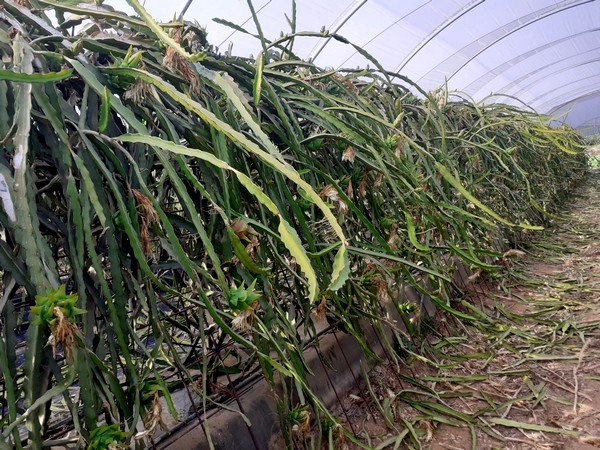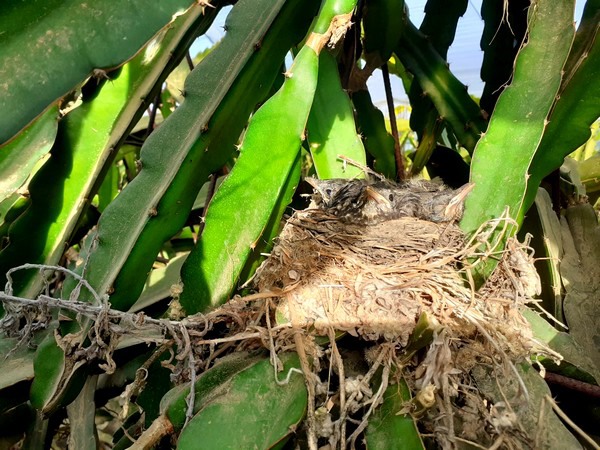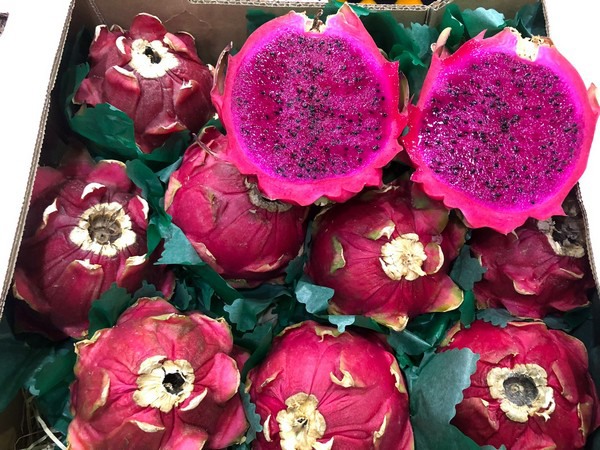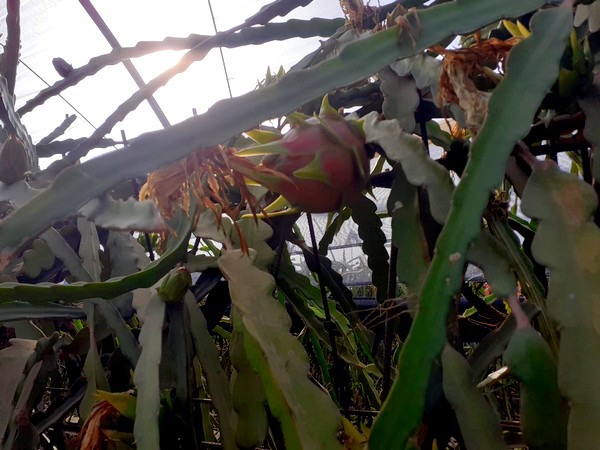This year, the Andalusian pitahaya season will start somewhat early and with a substantial growth of the production. "The harvest will start in mid to late June and we expect good sizes," says Alberto Garrocho, president of the international cooperative S.C.A. Pitahayas de Andalucía. "We will start with the JC01 and JC02 varieties, which are the earliest, and will then continue with the Undatus hybrid. All of these were obtained through programs from the Cabildo de Canarias."

The Spanish pitahaya grown in the Iberian Peninsula can be said to have a Canary "flavor". In 2005, an ICIA research professor introduced some red varieties from Guatemala and Reunion Island into Tenerife in order to study the suitability of growing the fruit on the island, as it represented an interesting agricultural alternative.
"The varieties we grow now are the ones that appeared to adapt particularly well to the Canary climate during those trials, and those are also the ones that most pitahaya growers on the Peninsula have opted for. The climate in Tenerife is very similar to that of our production areas during part of the year and, moreover, these varieties have proven to be very resistant to the cold periods of the Peninsula."

"The JC01 and JC02 pitahayas are red-fleshed varieties, while the Undatus is a white-fleshed pitahaya of exceptional quality and slightly later ripening. Still, all of them reach Brix values of between 12 and 14 degrees," says Alberto. "One of the characteristics of pitahaya plants is that they have several blooms every month, which means that we can have production for 6 months, from the end of June to December. In fact, last year we were still harvesting pitahayas in January."

"During its first months, our campaign overlaps with that of the pitahaya coming from Costa Rica, but from September onwards we are practically alone in the European pitahaya market; not only with the fruit grown here in Andalusia, but also with the production of areas of Valencia and Murcia."
"The prospect is to reach 320,000 kilos this season."
The international cooperative S.C.A. Pitahayas de Andalucía, which has partners in Spain and Portugal, already works with 76 growers who, together, will allow this season's harvest to double. Last year, the extreme heat in July took a toll on the production, which amounted to around 157,000 kilos, "but this year the prospect is to reach 320,000 kilos, thanks both to the greater production of the new members and the expansion of the acreage of the members who were already in the cooperative."

"In 2022, we already marketed our pitahayas in the United Kingdom, Germany, Belgium and the Netherlands, and at the end of the season we started shipping also to Italy. This year we have already been contacted by several new customers interested in having Spanish pitahaya on their shelves," says Alberto Garrocho.
 For more information:
For more information:
Alberto Garrocho
S.C.A. Pitayas de Andalucía
Tel.: +34 669 368 384
[email protected]
[email protected]
